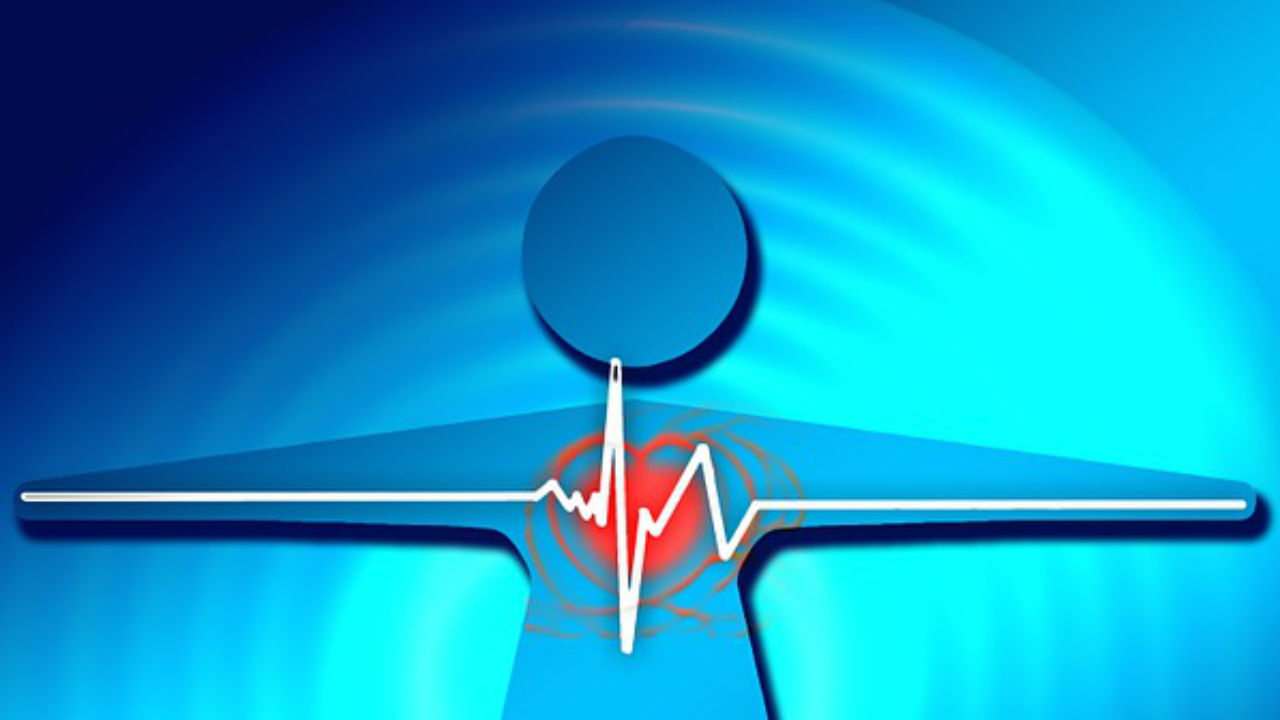Hairy cell leukemia or HCL is a rare, slow-growing cancer of the blood in which your bone marrow makes too many B cells, called lymphocytes, a type of white blood cell that fights infection.
It is called "hairy cell leukemia" because the leukemic lymphocytes have short, thin projections on their surfaces that look like hairs when examined under a microscope.
As the number of leukemia cells increases, fewer healthy white blood cells, red blood cells and platelets are produced.
About 500 to 800 people are diagnosed with hairy cell leukemia each year in the United States, according to the Leukemia and Lymphoma Society. HCL affects more men than women, and it occurs most commonly in middle-aged or older adults. Children and teenagers typically don't get HCL.
HCL is caused by an abnormal change in a B lymphocyte (a type of white cell). Doctors aren’t sure what causes this abnormal change, or how to prevent it, and there is no cure. It is considered a chronic disease because it may never disappear completely, although current treatments can lead to a remission for years.
While no one understands what factors lead to the disease, there seems to be no direct link between the disease and exposure to environmental toxins. HCL has been known to occur in members of the same family, but this is rare and no hereditary pattern has been established, according to the Leukemia and Lymphoma Society.
Some people show no signs or symptoms of HCL, but a blood test for another disease or condition may inadvertently reveal hairy cell leukemia in their blood. Other times people with HCL experience signs and symptoms common to a number of diseases and conditions, such as:
- A discomfort or feeling of fullness in the upper left side of the abdomen that may make it uncomfortable to eat more than a little at a time. Typically this is due to an enlarged spleen, a complication of the disease.
- Fatigue
- Weakness
- Recurring infection accompanied by fever and chills
- Easy bruising, sometimes in absence of an injury or minor injury. Bruising may occur as a result of the low concentration of blood platelets.
- Unexplained weight loss
- A loss of a sense of well-being
- An infection accompanied by fever and chills.
- Painless lumps in the neck, underarm, stomach and groin
Hairy cells accumulate in the bone marrow and prevent the marrow from producing enough normal blood cells. The disruption of normal blood cell production leads to:
- Anemia (too few red cells).
- Increased risk of infection due to too few neutrophils and monocytes (types of white cells that fight infection).
- Thrombocytopenia (too few platelets).
Although the hairy cells are abnormal types of B-lymphocytes, lymph nodes do not usually become enlarged. Rather, hairy cells tend to accumulate in the marrow, liver and spleen where they are believed to thrive best.
Your doctor can make an accurate diagnosis by examining blood and marrow cells because the blood counts are usually decreased. An enlarged spleen or unexpected decreases in normal blood cell counts are the two most important findings that lead to a diagnosis of HCL. Bone marrow tests are often needed to confirm the diagnosis.
The Leukemia and Lymphoma Society and National Cancer Institute have more information.
Lynette Summerill, is an award-winning journalist who lives in Scottsdale, Arizona. In addition to writing about cancer-related issues, she writes a blog, Nonsmoking Nation, which follows global tobacco news and events.






Add a Comment1 Comments
Lynette - I find it interesting that there are no signs or symptoms for hairy cell leukemia, just as there were no signs or symptoms for the form of leukemia that I have - chronic myeloginous leukemia - until I was very ill. This just reinforces the need for regular check ups, including lab tests, to be sure we're healthy. Thanks for your post! Pat
January 28, 2010 - 5:59pmThis Comment